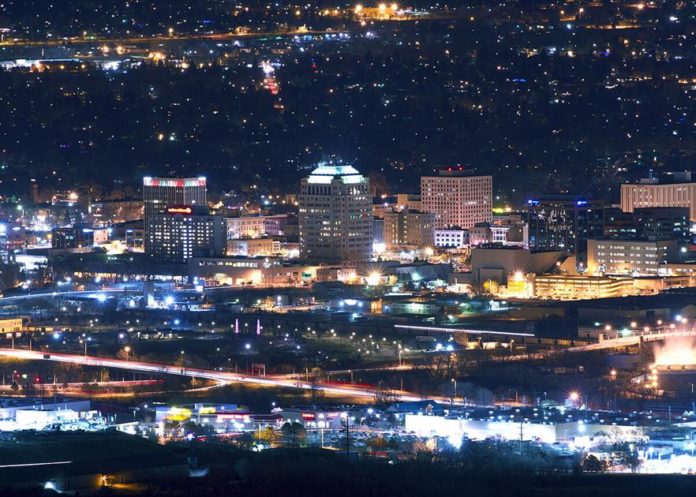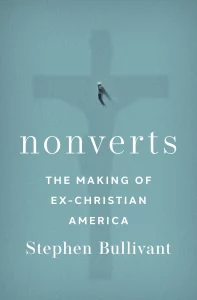
When I first moved to the Springs as a teenager in 1999, Powers Boulevard bordered rural land — there was the airport east of Drennan Road and a McDonald’s on Constitution Avenue; Dublin Boulevard marked the outskirts of town. This was well before the city was represented on any Top 10 lists of best places to live or visit.
In fact out-of-town friends and family knew very little about Colorado Springs, other than the Air Force Academy is here. They may have known we’re the home of Focus on the Family and, oh yeah, there was Amendment 2, a ballot initiative passed by Colorado voters in 1992 that prohibited the state from enacting antidiscrimination protections for gay, lesbian and bisexual people.
During that time, you could score a newly developed three-bedroom, two-bath home for right around $150,000. Many took advantage of the city’s proximity to Denver. Today, the drive from Denver to Colorado Springs on Interstate 25 is one continuous stretch of urban/suburban development, spreading gentrification along the Front Range — and the housing market shows no signs of slowing. Even during the height of pandemic chaos, the fourth quarter of 2020 was strong if you were in real estate: The average home price in the Springs rose to $371,300, up 15.2 percent from a year prior, according to the National Association of Realtors.
The region is booming, but with “urban renewal” comes gentrification — the process whereby the character of a poor urban area is changed as wealthier people buy cheap properties, move in, improve housing, and attract new businesses — but typically displace current inhabitants in the process. Gentrification often means early residents can no longer afford to live in the communities they’ve called home, sometimes for generations. Rarely does history document or display these contributions to the development, culture or heart of a city. Rather these contributions become a sort of urban legend.
Recent Census data shows that Colorado has become more diverse over the past decade as Denver grew whiter. BIPOC residents are being pushed to Aurora. Over the last 10 years, Five Points, one of Denver’s historically Black neighborhoods created out of redlining in the 1930s, is now the growing home of wealthier white residents. Neighborhoods that embrace mixed incomes and diverse races and beliefs are great, however we cannot ignore the negatives communities face due to gentrification.
According to 2020 Census data, Colorado Springs saw its Black population increase from 6 percent to 8.1 percent of its total population since 2010. These statistics also showed that Black residents are moving to every part of the city — Woodmen Heights, Banning Lewis Ranch and Cordera. However, just because Black residents are moving to other parts of town doesn’t necessarily mean it’s because they want to. It seems people move to areas they are able to afford. Urban renewal often means increased property values and, hence, higher property taxes. Hillside, a historically Black Colorado Springs neighborhood, saw property values increase 35 percent between 2017-2019.
These trends speak to the growing unaffordability of Downtown and adjacent neighborhoods as the affluent seek a “vintage” experience.
Real estate values are often set by those with the economic power to invest in those neighborhoods, not the poorer residents who call that community home.
Our city’s gentrification is on track to turn us into the next Denver. But those who pull the strings — the developers and politicians — could work to alter community trends for the sake of BIPOC residents. Opportunities to create diverse and inclusive neighborhoods abound as Hispanic/Latino populations have also grown over the past decade and moved into what were historically Black neighborhoods. But a deeper dive into the economies of these communities proves BIPOC residents are struggling as their neighbors change. Which begs the question: Have we desegregated or are our neighborhoods just carrying on racist legacies?








